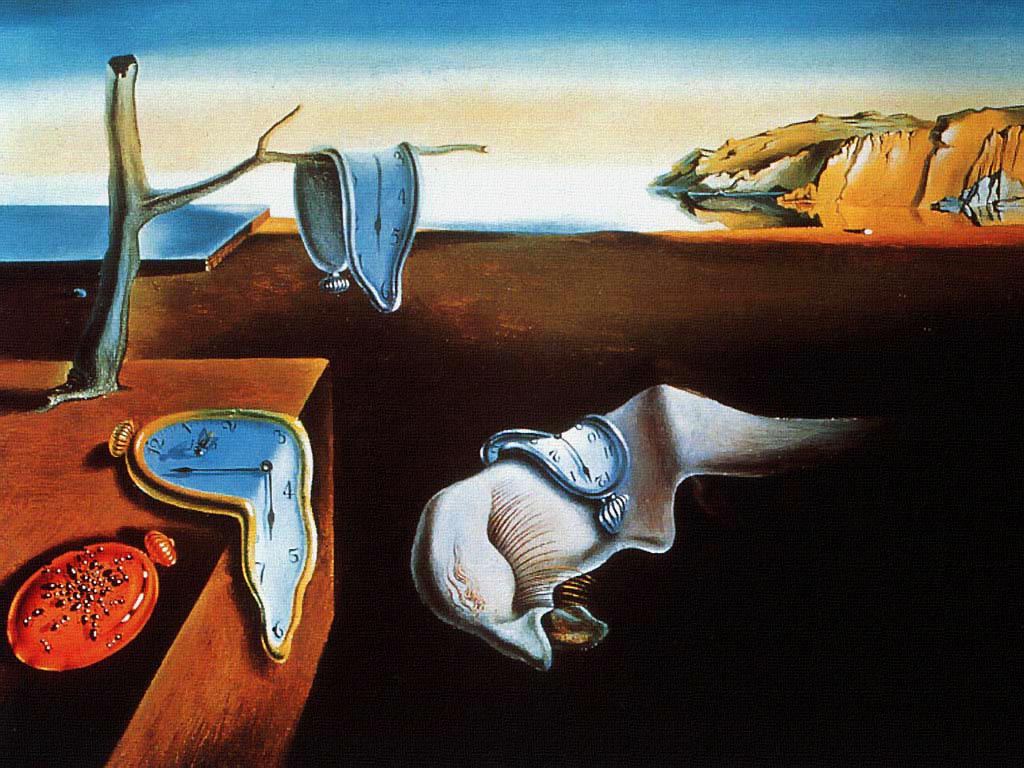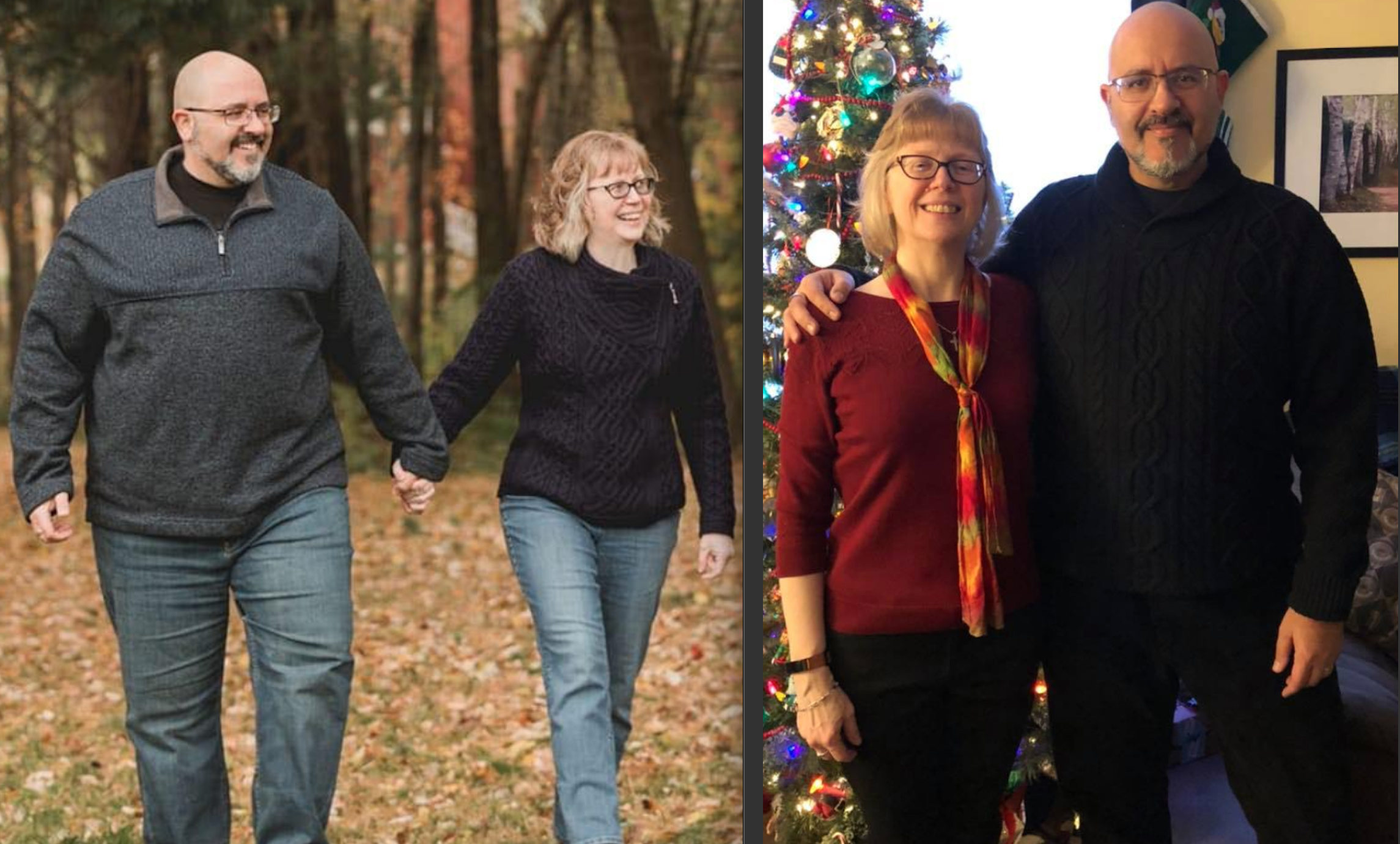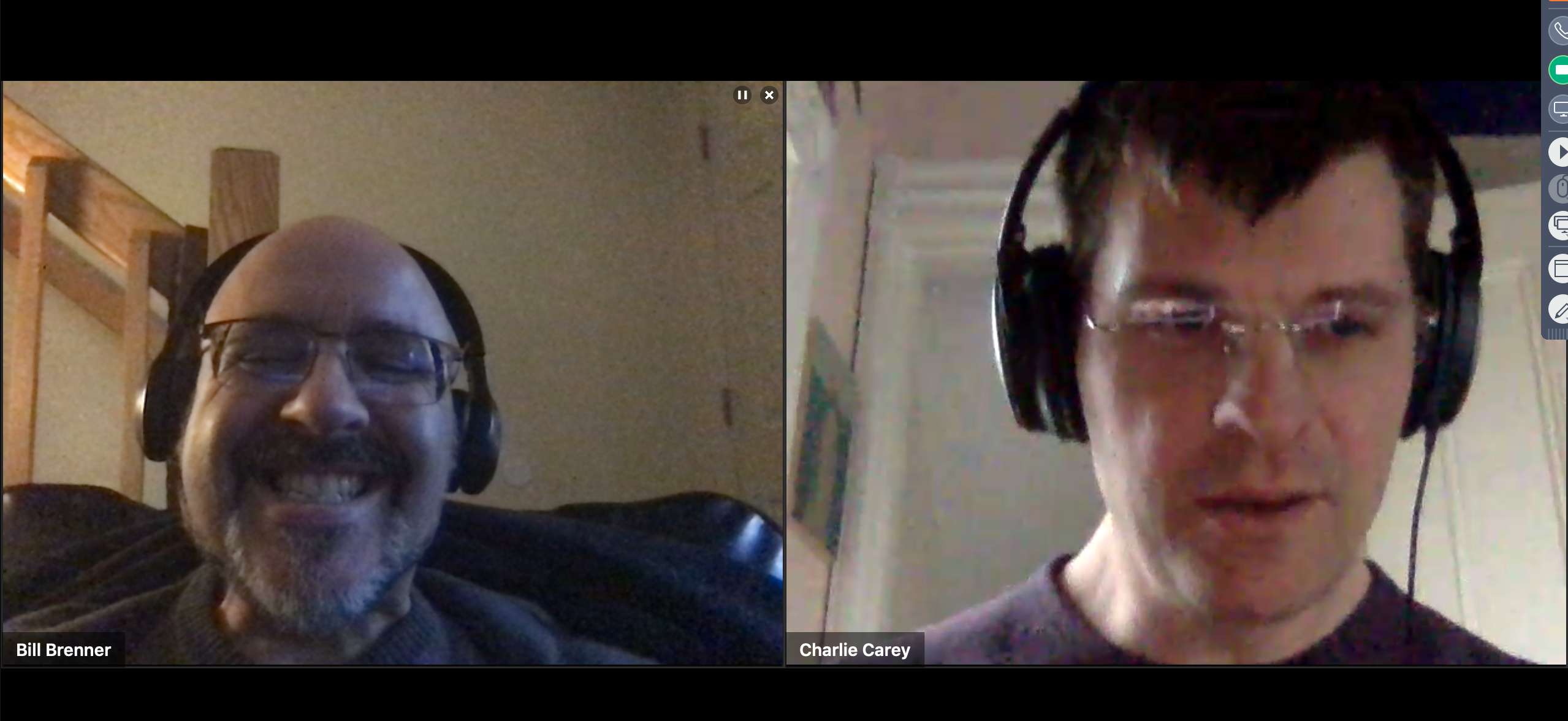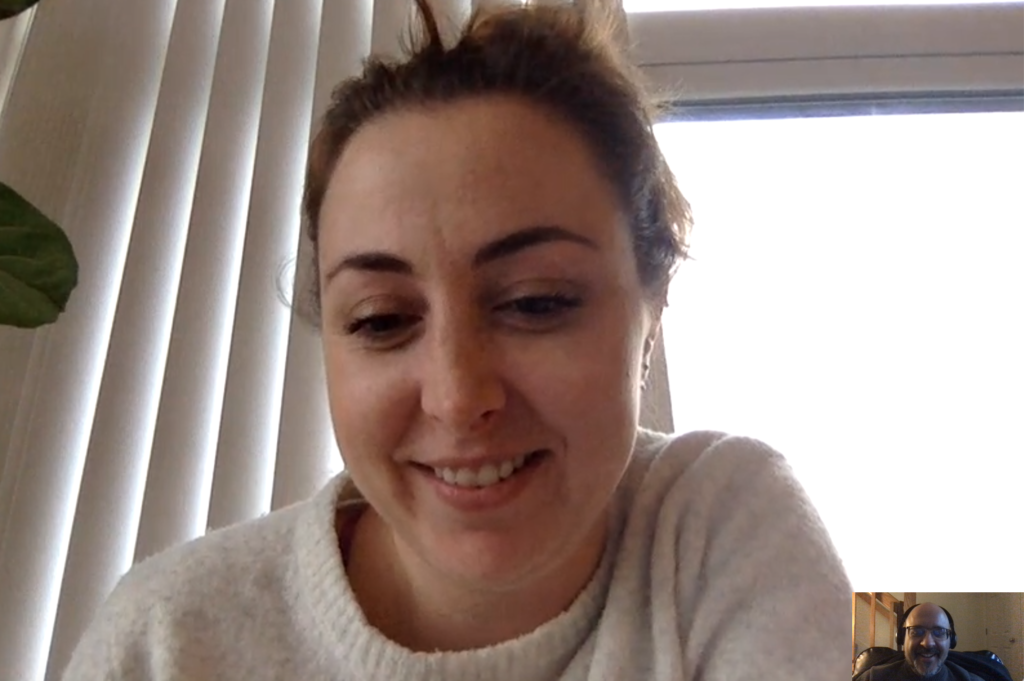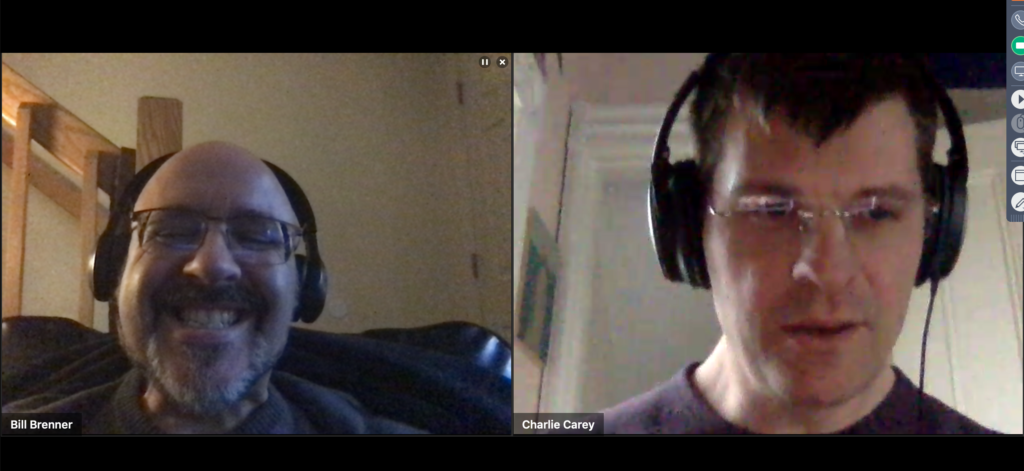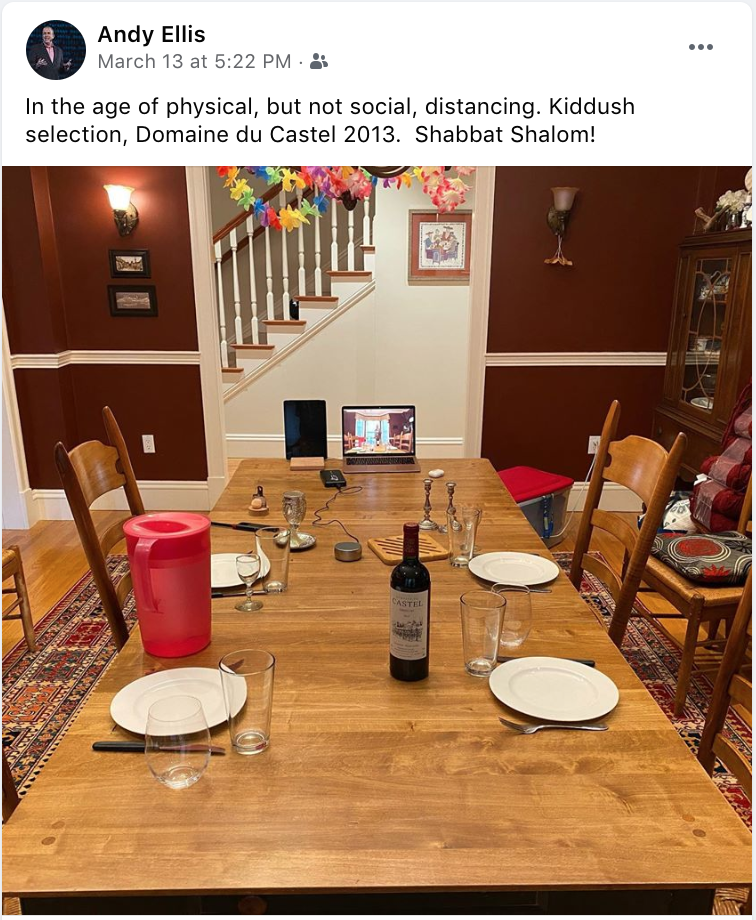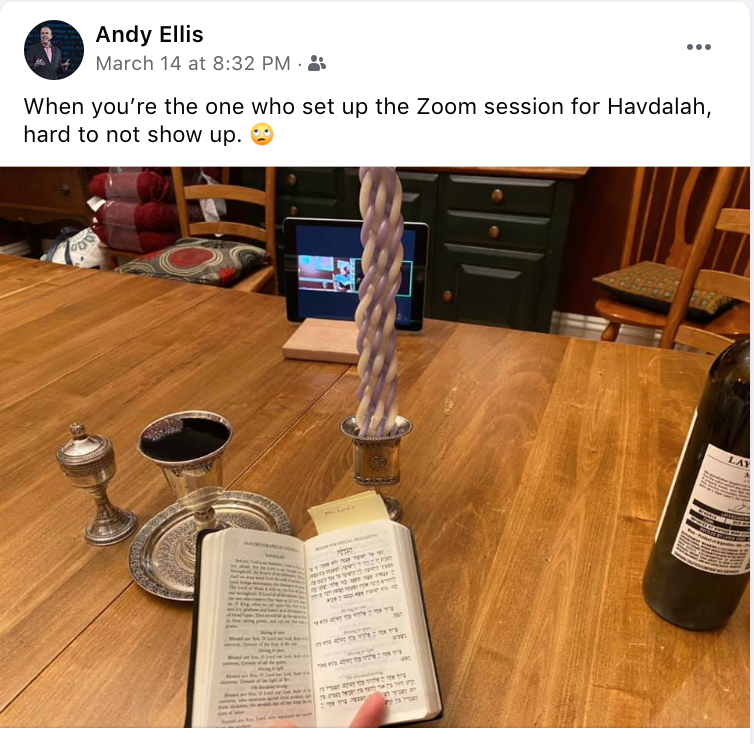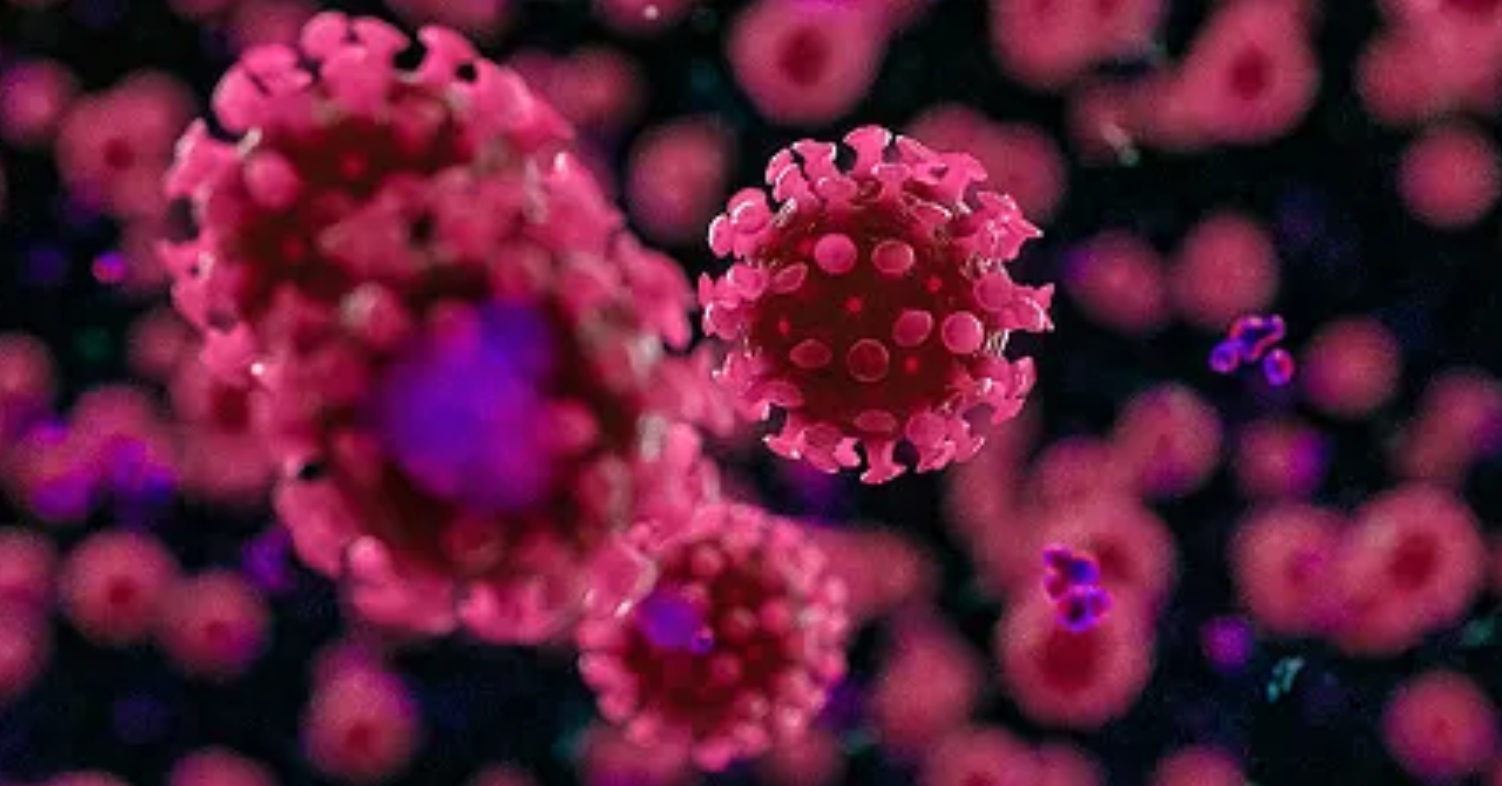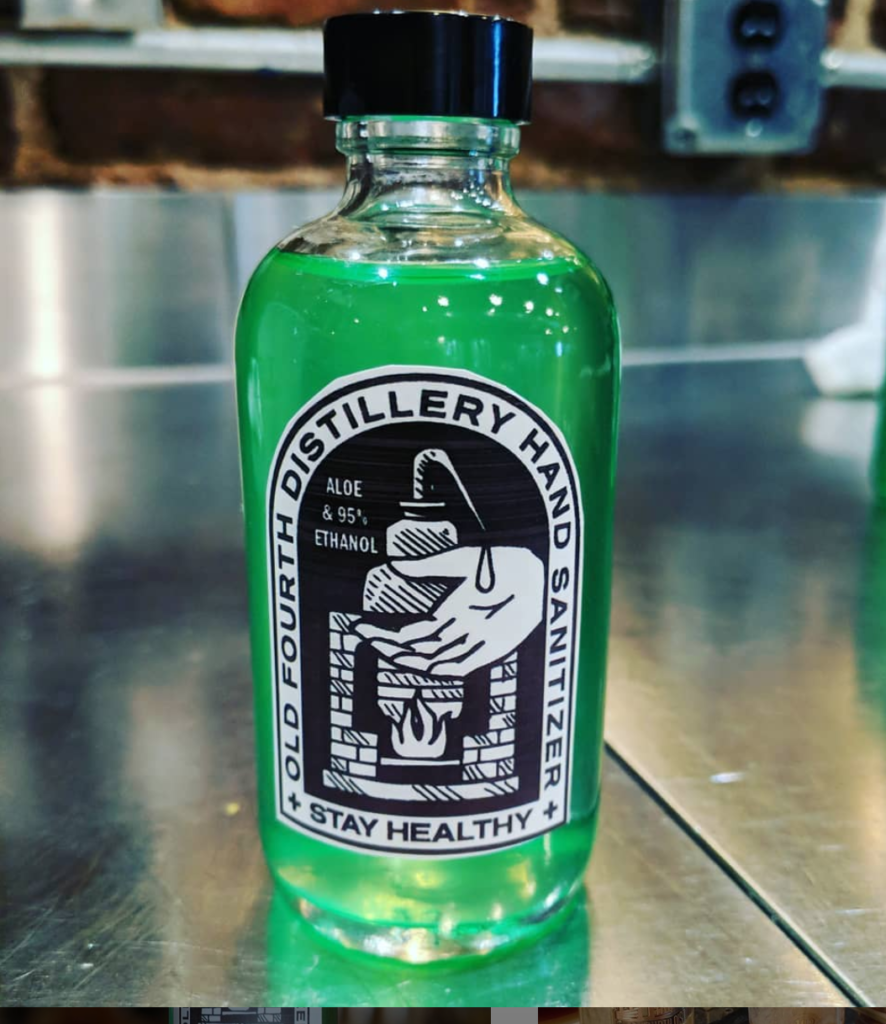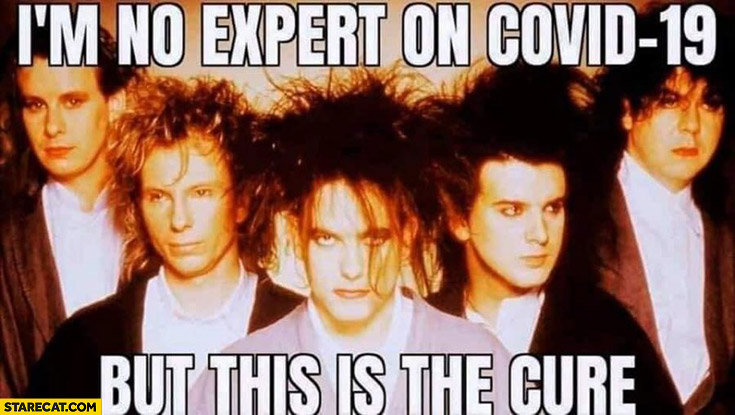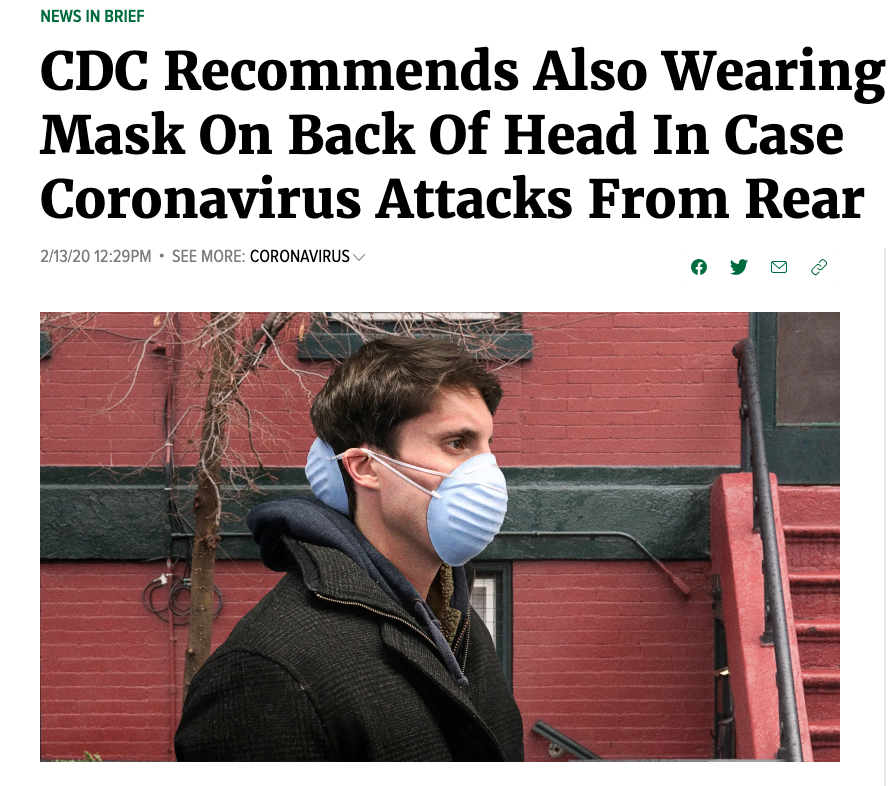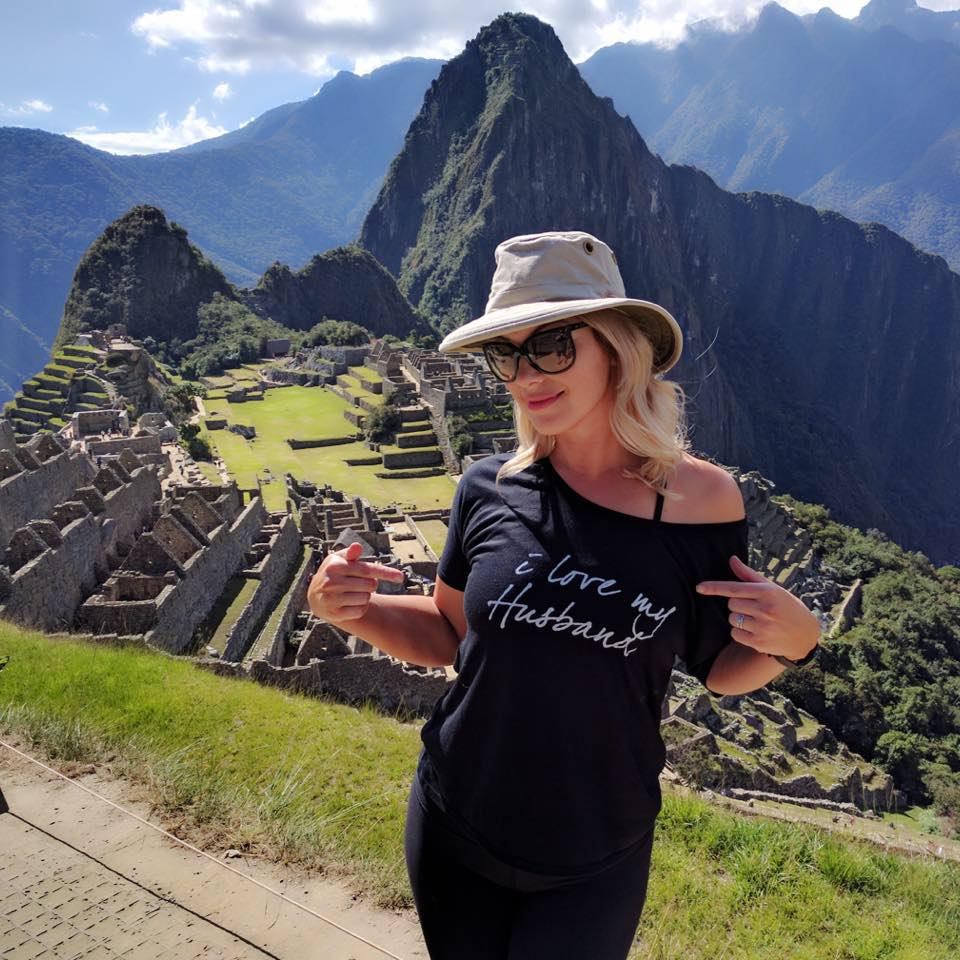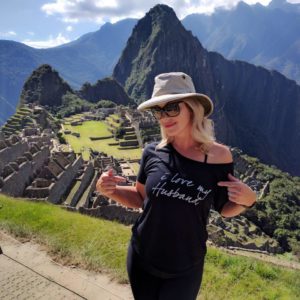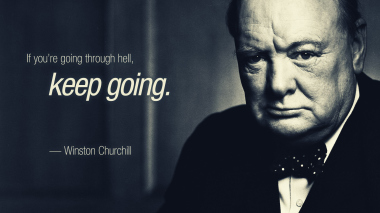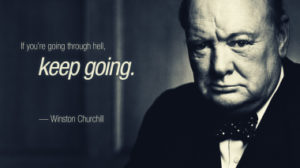The past three weeks have been surreal, like existing inside Salvadore Dali’s “The Persistence of Memory” painting. If the U.S. government’s plan holds, we’ll live in this world for another 30 days at least.
How do we get through it?
I have three thoughts on that.
Mood Music:
1. Leave Predictions to the Experts
Peruse Facebook and you’ll see a lot of people clutching straws, slicing and dicing numbers for signs that the COVID-19 death rate will be low, and sharing charts that predict when cases will peak and drop. I’ve done it, too. It’s not helpful.
All we can control is the present. All we can do is be there for family and friends, get some exercise and do our work (if we can). To do that, we have to…
2. Accept Reality and Adapt
The government estimates that 100,000–240,000 people will die. The lower number happens only if we do everything perfectly, but either way there will be many deaths. We don’t know who will die. We don’t know how long we’ll shelter in place. If we fixate on how unreal all this seems, our despair will build.
My approach is admittedly fatalistic on the surface: I’m just assuming we’ll be in this fight for a long time. I take nothing for granted — my job, my health, my ability to avoid episodes of depression. Losing ground in these areas is all within the realm of possibility.
That sounds bleak, but there is a positive: By accepting that things are and will remain bad for some time and that anything can happen, I can adapt and focus on what’s in front of me — and what’s in front of me is pretty good.
In the face of the current crisis, we are already seeing humanity’s ability to adapt: we’re keeping business and learning running remotely, repurposing plant operations to churn out medical gear and moving from lost hospitality jobs to those that are in demand — grocery stores and medical facilities, for example.
To adapt is to survive and thrive.
3. Learn from History
This is the craziest thing many of us have experienced in our lifetimes, and the memes telling us that we have it easy — that all we have to do is sit on the couch and watch TV — ring hollow. We have to keep our families, jobs and finances going, after all. But there are shreds of truth in those memes, particularly on two points:
- Our parents and grandparents lived through The Great Depression and WWII. They emerged stronger.
- People survived the Spanish Flu a hundred years ago, at a time when there were no antibiotics, no 24-hour news to keep us informed and none of the comforts we take for granted today.
History gives us perspective. In fact, we’re already drawing on what our elders did to get through the present.
As we stock our pantries with enough food to last a few months, it’s hard not to think about our grandparents and how they struggled to keep well stocked.
It’s hard to look around us and not think of black-and-white images from the Spanish Flu — people in masks, keeping their distance.
This will only get harder as the weeks pass. We’re going to hear a lot of bad news along the way.
What we do now can make us stronger and heal some older societal wounds. Call me a naive optimist, but I believe it because I’m a history buff who has studied the past.
I’ll end with this wisdom from CNBC’s Ron Insana:
It seems extremely important to remember that there are things that are truly unprecedented and new and those that are, however tragically, new to us.
Yes, of course, there are elements of this tragedy, now playing out, that are truly unprecedented. The speed of the economic shutdown, the emptiness of major cities and a few other realities with which we must come to terms.
Other aspects are just new to us. The 1918 flu required “social distancing”….
For our parents, or grandparents, World War II, by itself, raged on for four long years.
We haven’t yet sat still for four weeks.
We’re being asked to sit on a couch and watch TV. Come on America. We got this.

